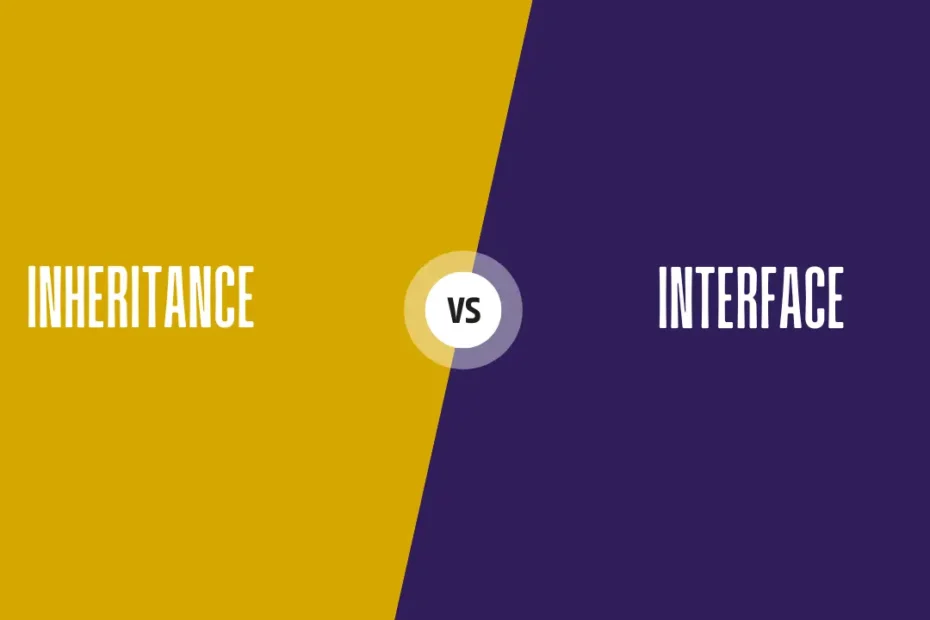In C#, both inheritance vs interface are mechanisms that facilitate code reuse and the creation of relationships between classes, but they serve different purposes and have distinct features. Here is the difference between inheritance and interface:
Difference Between Inheritance and Interface in C#
Inheritance
Inheritance is a mechanism where a class can inherit the members (fields, properties, methods, etc.) of another class. The class that inherits is called the subclass or derived class, and the class being inherited from is called the superclass or base class. Inheritance creates an “is-a” relationship between the derived and base classes, indicating that the derived class is a specialized version of the base class.
Key points about inheritance:
- Single Inheritance: C# supports single inheritance, which means a class can inherit from only one base class. This helps maintain a clear hierarchy of classes.
- Code Reuse: Inheritance enables code reuse by allowing derived classes to inherit and extend the behavior of the base class.
- Method Overriding: Derived classes can override methods of the base class to provide their own implementation. This allows for polymorphism, where different classes can be treated uniformly through a common interface.
- Base Class Members: Derived classes have access to both public and protected members of the base class.
Interface
An interface defines a contract that classes can implement. It specifies a set of methods, properties, events, or indexers that implementing classes must provide. Interfaces allow classes to provide a certain type of behavior without dictating the inheritance hierarchy. A class can implement multiple interfaces, allowing it to provide different sets of behaviors.
Key points about interfaces:
- Multiple Interfaces: A class can implement multiple interfaces, enabling it to fulfill multiple contracts. This provides a form of multiple inheritance by allowing a class to inherit behavior from multiple sources.This post is sponsored by our partners Wigs
- No Implementation: Interfaces do not contain any implementation; they define only method signatures and properties. Implementing classes must provide their own implementation for the members defined in the interface.
- Contractual Obligation: Implementing an interface is a promise that the implementing class will provide the specified behavior. This allows for consistent behavior across different classes that implement the same interface.
- Polymorphism: Interfaces allow classes to be treated polymorphically, meaning you can interact with objects through a common interface regardless of their specific implementation.
Differences
- Relationship:
- Inheritance creates an “is-a” relationship between classes, indicating specialization.
- Interfaces define a contract for behavior, creating a “has-a” relationship that focuses on capabilities.
- Single/Multiple:
- Inheritance involves single inheritance, where a class can inherit from only one base class.
- Interfaces allow multiple inheritance, where a class can implement multiple interfaces.
- Implementation:
- The inheritance includes both the members and the implementation of the base class.
- Interfaces only define method signatures and properties; the implementing class provides the implementation.
- Hierarchy:
- Inheritance defines a hierarchical structure of classes.
- Interfaces provide a way to group classes based on shared capabilities.
Conclusion
In summary, inheritance models specialization and is used to create a hierarchy of related classes, while interfaces define contracts for behavior and promote code reusability through a common interface. The choice between inheritance vs interface depends on the specific requirements of your design.
